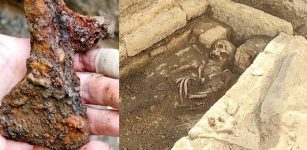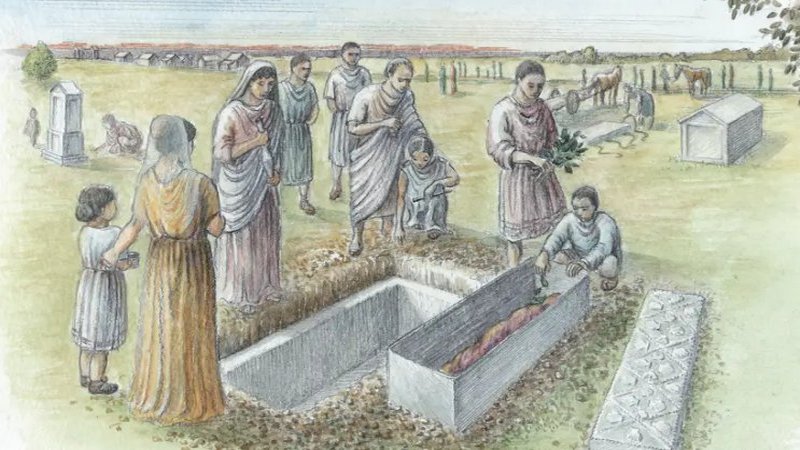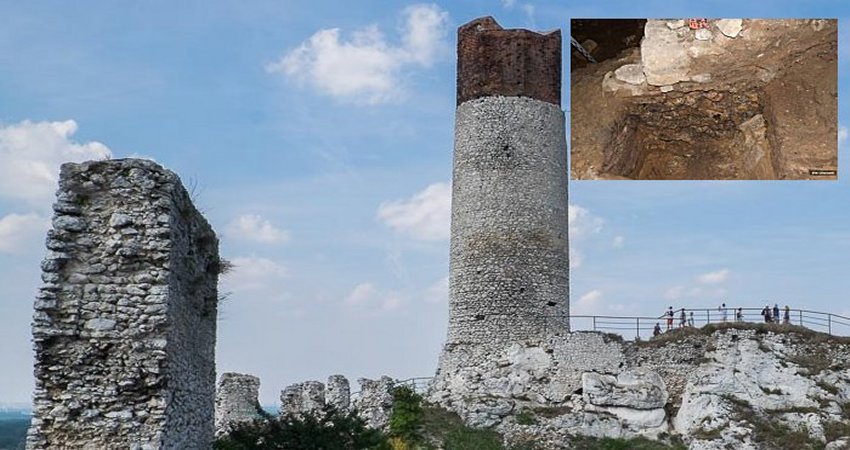Fascinating Giant Ancient Stone Circle Discovered Near Durrington Walls – Stonehenge’s Big Brother
MessageToEagle.com – Durrington Walls is a prehistoric site located about 2 miles (3.2 km) north-east of Stonehenge, UK. This intriguing ancient site is part of a large Neolithic settlement and the largest henge measuring nearly 500 meters (1,600 ft) in diameter. Excavations at Durrington Walls suggest this is the place where the builders of Stonehenge lived.
Now, archaeologists have discovered a new fascinating ancient structure that could caste more light on the true purpose of Durrington Walls. Was this site perhaps Stonehenge’s greatest rival? Was Stonehenge constructed at a time of particularly intense religious and political rivalry?
The ancient structure at the Durrington Walls site is a vast 500-metre diameter circle of giant timber posts.
This giant ancient stone circle was never completed. For some reason its builders stopped the construction work around 2460 B.C. despite the fact that it was nearing completion. The 200-300 giant 6-7 meter long, 60-70 centimeter diameter timber posts were lifted vertically out of their 1.5 meter deep post holes and were probably used to construct or expand other parts of the complex.
Archaeologists and historians believe that the construction work was interrupted because of a dramatic change in religious and almost certainly also political direction.
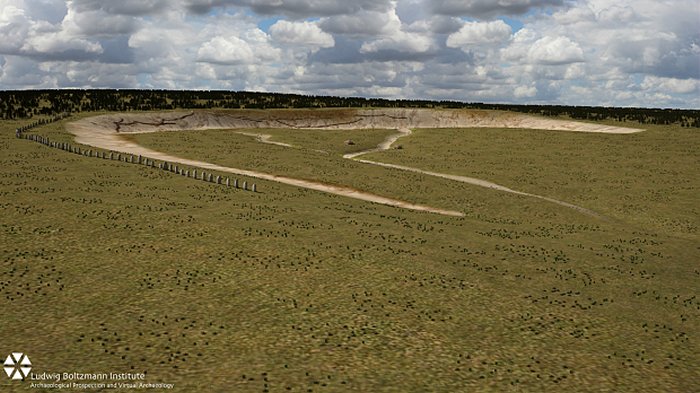
“Within a few months or years, the post holes themselves were then deliberately filled with blocks of chalk and were covered up for most of the circuit by a bank made of similar chalk rubble. Two of the post holes have just been fully excavated – and, at the bottom of one, the prehistoric people who decommissioned and buried the site, formerly occupied by the giant timber circle, had placed one of their tools (a spade made of a cow’s shoulder blade) at the bottom of the post hole before it was filled in. It certainly hints at the ritual nature of how the change of religious direction was implemented, “ the Independent reports.
See also:
‘Marden Henge’: Britain’s Largest But Least Known Prehistoric Monument
Incredible 5,000-Year-Old Temple Complex In Orkney Could Re-Write History Of Scotland
Largest Collection Of Ancient “Cup-Marked” Rocks Ever Found In Scotland
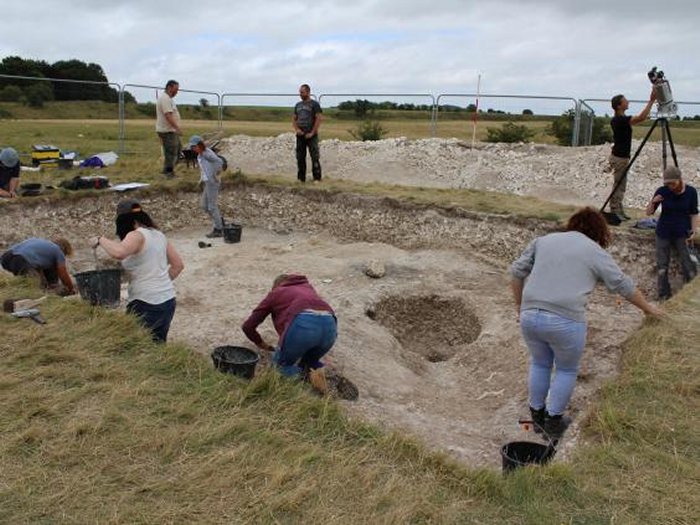
The ancient, giant unfinished stone circle discovered near Durrington Walls is interesting and important because it was around the time that another very major Wiltshire prehistoric religious complex – Avebury – was being expanded through the construction of an impressive 2,500-metre-long avenue of standing stones. The 39-meter-high prehistoric Silbury Hill (near Avebury) – Europe’s largest artificial mound was also built at around this time.
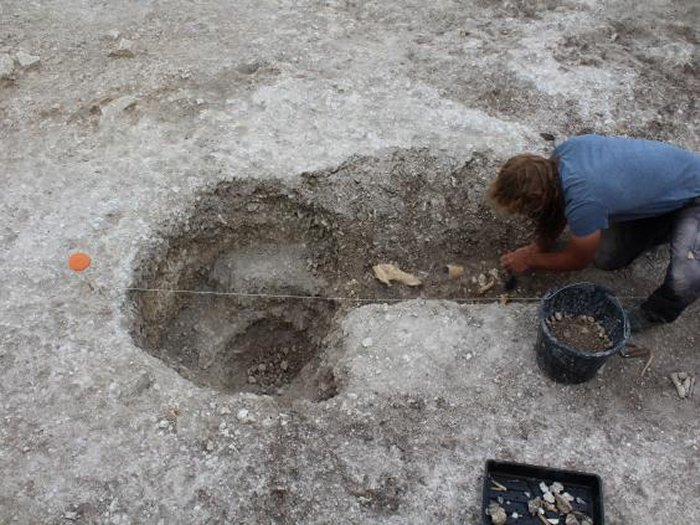
The changes at Durrington Walls and elsewhere in Britain might have occurred because of the arrival of a new people known to as the Beaker culture.
“The new discoveries at Durrington Walls reveal the previously unsuspected complexity of events in the area during the period when Stonehenge’s largest stones were being erected – and show just how politically and ideologically dynamic British society was at that particularly crucial stage in prehistory,” said Dr Nick Snashall, the senior National Trust archaeologist for the Stonehenge and Avebury World Heritage Site.
Archaeologists and historians must now try and determine what exactly caused these religious and political changes in ancient Britain.
MessageToEagle.com


